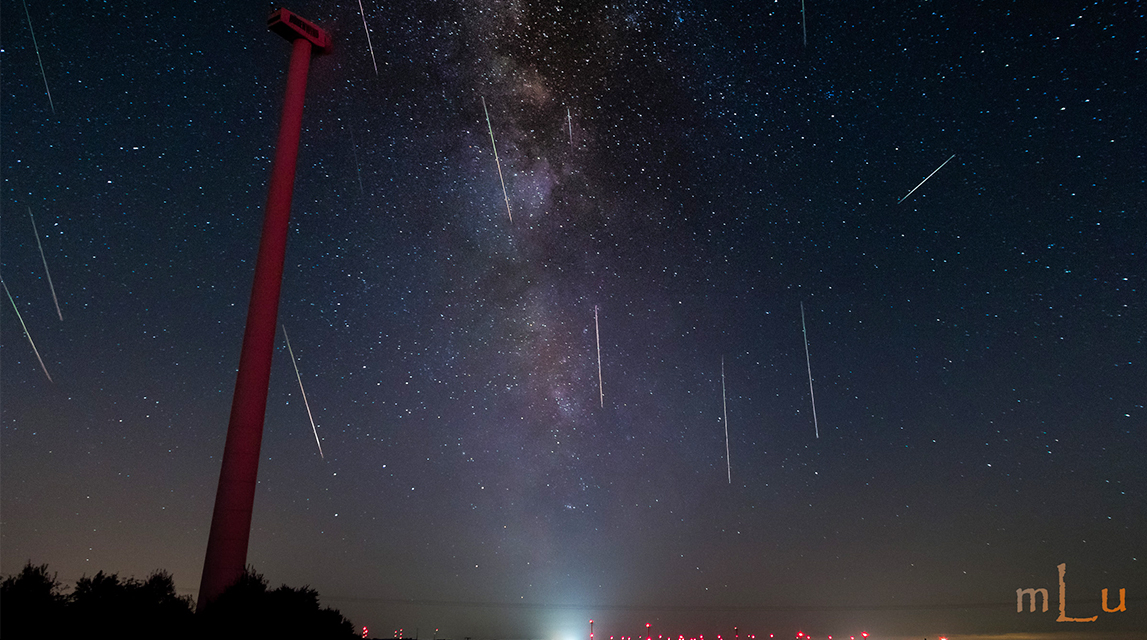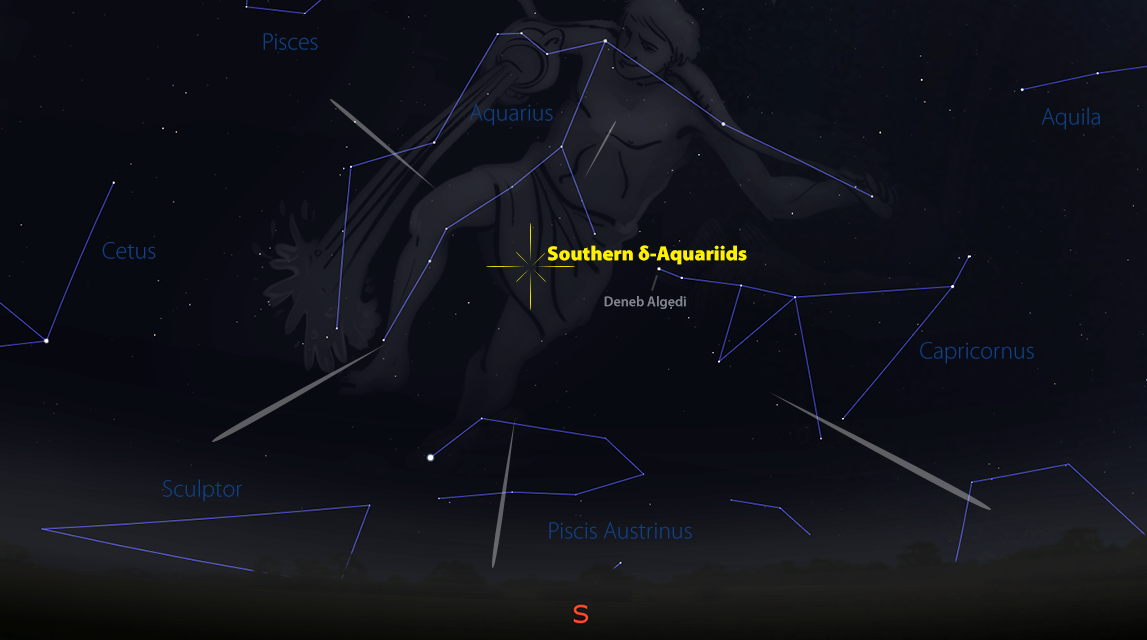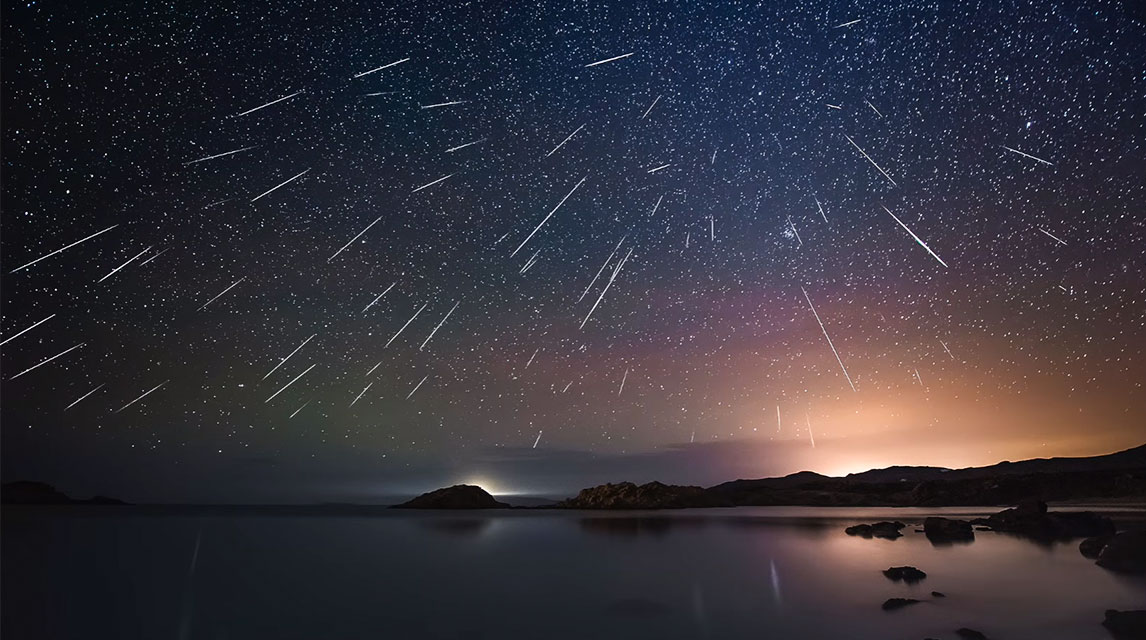
Meteor Activity Outlook for August 12-18, 2017
The estimated total hourly meteor rates for evening observers this week is near 6 for those viewing from the northern hemisphere and 3 for those located south of the equator. For morning observers the estimated total hourly rates should be near 32 as seen from mid-northern latitudes and 16 from the southern tropics.
 American Meteor Society
American Meteor Society



















